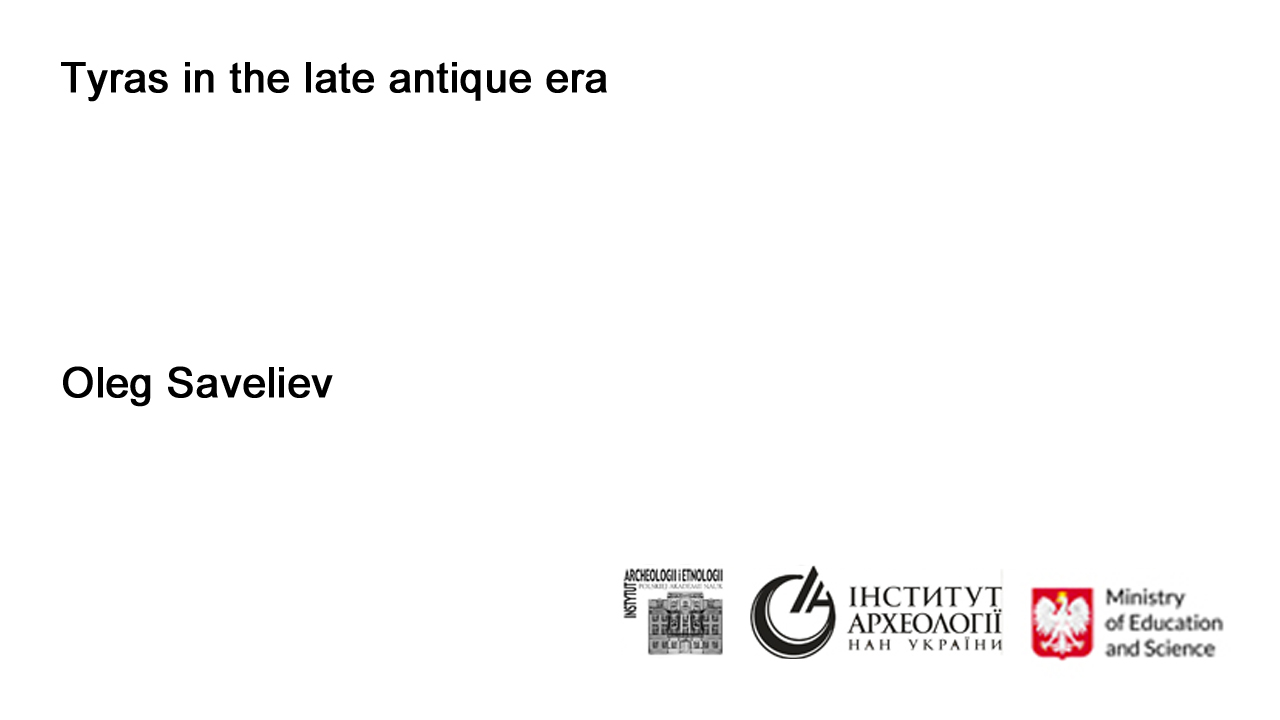
Institute of Archaeology and Ethnology of the Polish Academy of Sciences
and
Institute of Archaeology of the National Academy of Sciences of Ukraine
presents a lecture from the conference "Olbia in the Hunnic period"
The lecture is posted on the ArcheoTV channel on YouTube.
You can find it here
Author:
Oleg Saveliev
Title:
Tyras in the late antique era
Abstract:
After the tumultuous events of the middle of the 3rd century, associated with massive barbarian campaigns, life gradually returned to Tyras. The Goths, who were entrenched in the steppes of the northwestern Black Sea region, became the main military-political force here. At least some of the barbarians must have lived in the city. Despite the fact that Tyras continued to receive imported goods, the city was fully included in the orbit of the interests of a barbarian population. In general, this is a period of a slowdown in foreign economic relations, the number of imports declines, and the economy is reoriented to reflect the new conditions.
The material culture of Tyras of this period includes objects—ceramics, details of clothing, household items—that appear related to carriers of Chernyakhiv culture. Imports include goods from Heraclea of Pontus, Sinope, and the Bosporus. The ceramic assemblage contains some red-slipped tableware, as well as hand-made, associated with the barbarian tradition and Dacian gray-ware ceramics. Both “ribbed” lamps and local, hand-made replicas of late Greek lamps from different centers in Greece were in use. In addition to the Chernyakhiv and “military” brooches, local dress also made use of two-piece bow-shaped and T-shaped late Roman fibulae. Personal adornments included also glass beads of various types.


